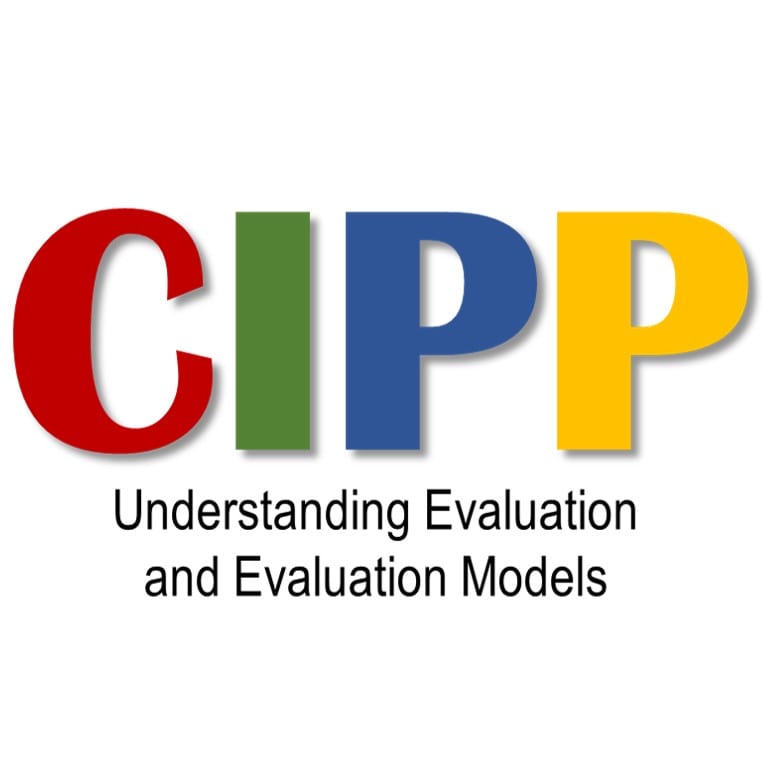An Overview of the CIPP Evaluation Model
Funding for this project (# 2016-07259) was provided by the United States Department of Agriculture (USDA) National Institute of Food and Agriculture (NIFA) Higher Education Challenge (HEC) grant program. This project is in collaboration with the University of Arkansas, Texas Tech University, and The Borlaug Institute at Texas A&M University.

Overview
There are many different models available to guide the evaluation process. Evaluations can take many different shapes –meaning that one model does not fit all situations. Awareness of various evaluation models and approaches provides an important tool for an evaluator because these models provide a starting point in constructing an efficient and effective evaluation. The model reviewed in this reusable learning object is the CIPP Evaluation Model developed by Daniel Stufflebeam. This model encourages an evaluator to take into consideration four aspects: context, input, process and product.
Instructions
Learner time required: 1 hour
Upon completion, the learner will be able to: describe the CIPP evaluation model, identify situations when use of the CIPP model would be appropriate, and explain how the CIPP model compares to other evaluation models.
- Watch the CIPP lecture
- Review at least two of the articles provided which implemented the CIPP model (links provided)
- Take the quiz
- Bonus: Watch the YouTube video about the CIPP model presented by Mallory Buzun-Miller (link provided)
Learning Materials
- Lecture Video
- Powerpoint Presentation
- Links to Articles with examples of Evaluations using CIPP
- Quiz
- Bonus Video – by Mallory Buzun-Miller
Additional Materials and Resources
- Zhang et al. (2011). Using the context, input, process, and product evaluation model (CIPP) as a comprehensive framework to guide the planning, implementation, and assessment of service-learning programs. Journal of Higher Education Outreach and Engagement, 15(4), 57-83
- CIPP EVALUATION MODEL CHECKLISTprovided by Michigan State
Theresa Murphrey
Professor
Department of Agricultural Leadership, Education and Communications
Texas A&M University
